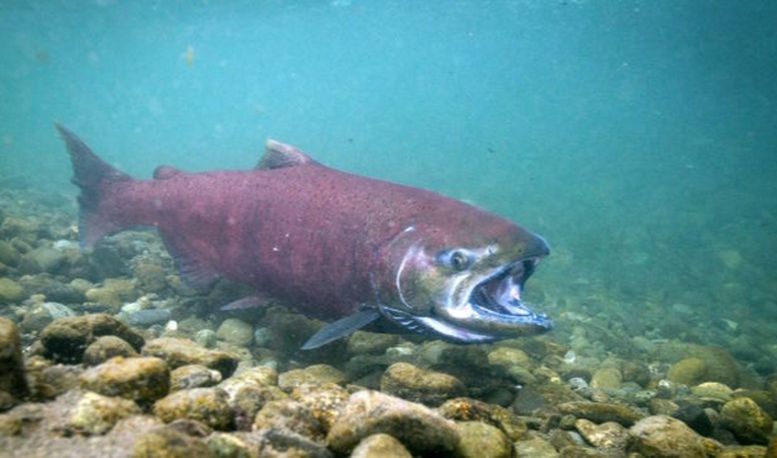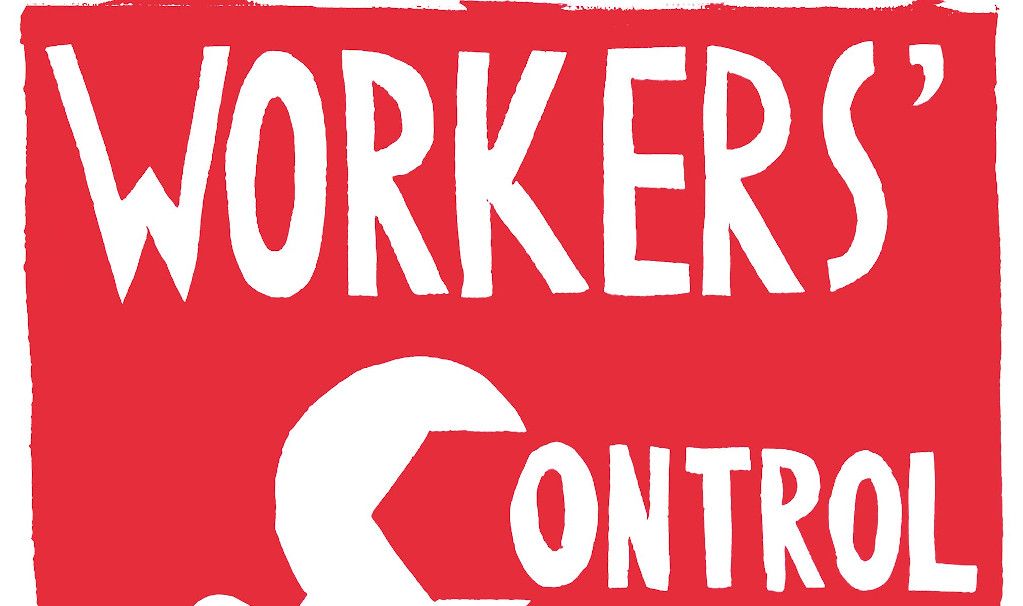For thousands of years Pacific salmon, in their bounty, provided plentiful food for the people of the coast. Many described themselves as “Salmon People.”
After living in the ocean for several years, the salmon return to their rivers of birth to swim upstream to the gravel beds to spawn and die. Along the way, overcoming rapids and surging water, they feed humans, bears, eagles and more. In death, their bodies put nutrients into the land, feeding the giant trees that shade the spawning beds.
Humans harvested the returning fish providing an abundance of food that supported rich cultures that included honouring the salmon. Even thousands of kilometres upstream, there were still hundreds of thousands of salmon.
Disappearing Salmon
Now there is only 10 percent of the number of salmon there was in 1850. Indigenous elders estimate that salmon catches in BC are down 80 percent from 70 years ago. The salmon population is under attack on all sides. Commercial fishing has heavily overfished the salmon. Commercial salmon catches in Canada have dropped sharply in the last 30 years but are continuing at the same rate in US-controlled waters, virtually all from Alaska.
Logging has increased erosion, washing silt onto the gravel beds making it harder to spawn and for newly hatched alevin to live. Rivers have been dammed, restricting the fish’s passage. The mouths of several major salmon rivers are busy with industry and ports – Vancouver, at the mouth of the Fraser, is the largest coal export port in North America.
In recent years, commercial fish farms, open-mesh pens packed with Atlantic salmon, have spread disease and pests to the wild salmon. A warming climate heats the river water making it too hot for the salmon to survive. It is also impacting the food on which salmon rely.
Even in the north, the salmon are in decline. The Kvichak and the Nushagak rivers, flowing into Bristol Bay, see runs of up to 60 million salmon and are the source of the world’s largest sockeye fishery, now threatened by plans to build the Pebble Mine, for copper and gold, in the headwaters of these rivers.
The Loss of Yukon Chinook
The Yukon River is 3,200 kilometres long and was a major salmon river. Chinook, the largest salmon, have been part of the Indigenous people’s way of life for many generations. After spending five years in the Bering Sea, every year upwards of 450,000 Chinook (also known as spring or king salmon) enter the Yukon River in the summer months. Around a third would swim upstream over 2,100 kilometres to Indigenous communities in the Canadian Yukon.
In 2022 the Chinook almost vanished. The lowest run recorded saw only 45,000 fish enter the Yukon River, and only 12,000 reached Canada – a catastrophe of unimaginable proportions, dealing a severe blow to the life, food and traditions of many First Nations along the river, such as the Little Salmon Carmacks and Selkirk.
That wasn’t a solitary bad year. Chinook Salmon runs in the Yukon River have been declining for decades, impacting generations of First Nations. Salmon is integral to their diet, identity, culture, teachings and ceremonies. “Our name, culture, language, ways of knowing and doing, our intergenerational teaching, storytelling, ceremony – everything surrounds salmon,” stated Nicole Tom, chief of Little Salmon Carmacks.
Elders tell that the fish were once so plentiful a person could walk across the stream on them. In better days, a family could catch approximately 45 kilograms of Chinook in a day, and in a week they’d harvest enough fish to feed five families for a year. That is not possible anymore.
As an alternative, families have turned to chum salmon, yet even chum numbers are declining, with 2021 recording their lowest numbers ever. Now they ship in frozen, bought salmon, mainly from the mine-threatened rivers of Bristol Bay, to thaw, smoke-cure and practice ceremony.
Many Nations along the Yukon have stopped fishing, hoping to help the salmon to return. As a last resort, some Yukon First Nations are moving towards in-stream incubation programs, egg-rearing facilities and hatcheries, which cannot compare to wild salmon. The loss of salmon is hitting more than humans’ needs and cultures. It undermines the entire ecosystem of the region.
Climate Change at the Heart of This
The impact of climate change means that waters are not as cool as they were due to direct heat and shrinking glaciers. Chinook are very heat sensitive; if the water is warmer than 18 °C they move slower or die. This has become the summer norm in the last 20 years. Ichthyophonus, a fatal parasite for fish, has taken an increasing toll on the fish. Researchers think that warmer waters and weaker salmon are to blame.
Canadian officials claim that appropriate steps are being taken to address fish populations at risk, which is simply untrue. All steps proposed, such as The Species at Risk Act (it has not been enforced), or the $647 million Pacific Salmon Strategy Initiative, only offer solutions within the capitalist model. They do not take an integrated approach and do not tackle climate change. Canadian government policies continue to boost fossil fuel production and climate change.
What is required are massive government investments in renewable energy, retrofits, and access to healthy, safe and affordable food and water for all, with production conditions that protect the environment and food workers and treat animals humanely. The Canadian government must end all subsidies to polluting and environmentally-damaging companies and ensure democratic planning and public ownership of forests, waters, fisheries and other natural resources to protect the environment, ecosystems and biodiversity.
Salmon do not know borders; they swim in waters controlled by the US, Russia and Canada. In theory, there is some US-Canada cooperation on salmon management, but mainly to maintain high fishing levels. Real solutions require international cooperation and planning with consideration for seven generations.
One hundred years ago, the cod on the Grand Banks of the Atlantic Ocean were considered inexhaustible. The fisheries are no more. Unless the government acts, the salmon of the West Coast will go the same way.
Indigenous people called themselves people of the salmon; without the salmon, they were not alive. Capitalism is sacrificing fish and humans for a few more decades of profits. It is time to change course from this road to death. Get rid of capitalism!




